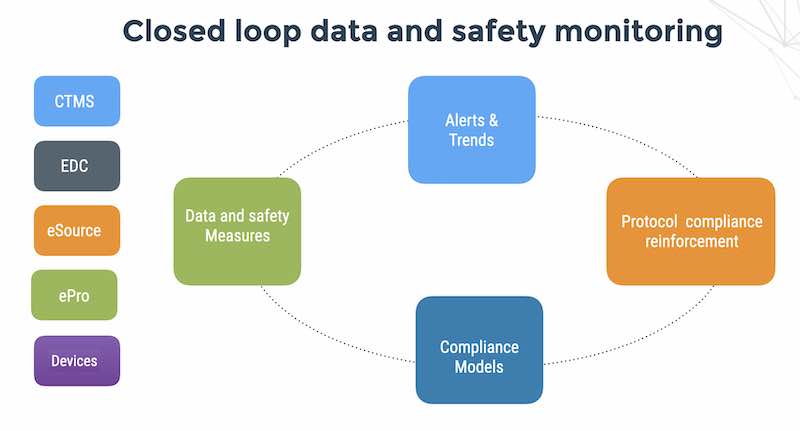Assuming you knew why a data breach will happen, wouldn’t you take your best shot at preventing it?
Consider this:
Your security defenses don’t improve your understanding of the root causes of data breaches, and without understanding the root causes – your best shot is not good enough.
Why is this so?
First of all – defenses are by definition, not a means of improving our understanding of strategic threats. Think about the Maginot Line in WWI or the Bar-Lev line in 1973. Network and application security products that are used to defend the organization are rather poor at helping us understand and reduce the operational risk of insecure software.
Second of all – it’s hard to keep up. Security defense products have much longer product development life cycles then the people who develop day zero exploits. The battle is also extremely asymmetric – as it costs millions to develop a good application firewall that can mitigate an attack that was developed at the cost of three man months and a few Ubuntu workstations. Security signatures (even if updated frequently) used by products such as firewalls, IPS and black-box application security are no match for fast moving, application-specific source code vulnerabilities exploited by attackers and contractors.
Remember – that’s your source code, not Microsoft.
Third – threats are evolving rapidly. Current defense in depth strategy is to deploy multiple tools at the network perimeter such as firewalls, intrusion prevention and malicious content filtering. Although content inspection technologies such as DPI and DLP are now available, current focus is primarily on the network, despite the fact that the majority of attacks are on the data – customer data and intellectual property.
The location of the data has become less specific as the notion of trusted systems inside a hard perimeter has practically disappeared with the proliferation of cloud services, Web 2.0 services, SSL VPN and convergence of almost all application transport to HTTP.
Obviously we need a better way of understanding what threats really count for our business. More about that in some up coming posts.
Blackjack bei Spins of Glory Casino Strategien für österreichische Kartenspieler
Blackjack bei Spins of Glory Casino Strategien für österreichische Kartenspieler Table of Contents Die Grundlagen von Blackjack und seine Popularität Die Regeln von Blackjack im





